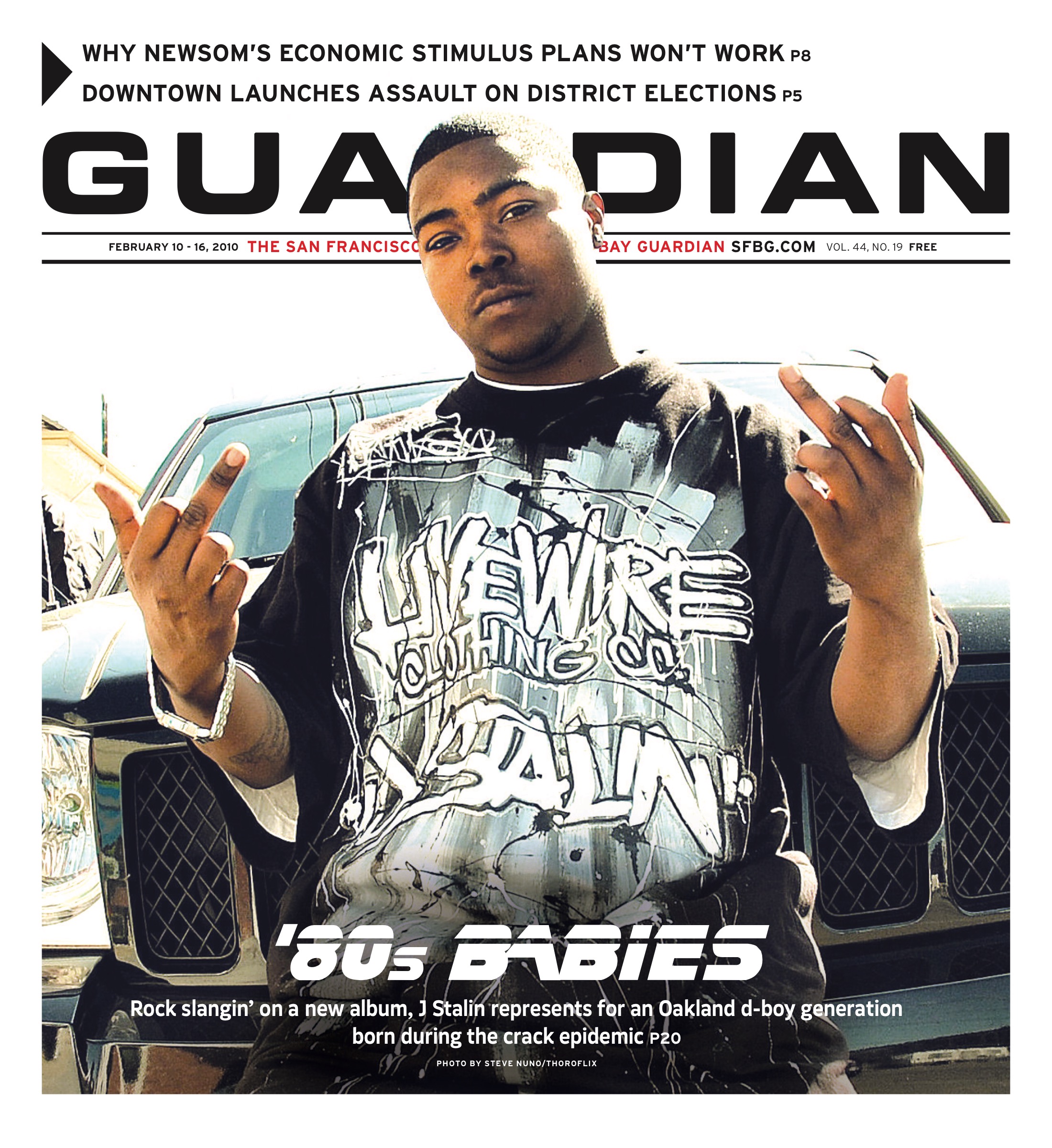Can you quit hating on the Taylor Swift haters for one sec (though, gee, wasn’t her “Rhiannon” Grammies duet with Stevie Nicks a wonder of blonde ambition over one-note substance — wouldn’t it have been better to see Rihanna take a confusing go instead)? Can you stop marveling over the fact that Frances Bean Cobain — lending vocals to the Amanda Palmer side project, Evelyn Evelyn, on a song titled “My Space” (why not “Smells like Teen Twitter”) — looks more like Kelly Osbourne than a Kurtney? Can you take a moment while wondering at the glacial pace of the Los Angeles County district attorney’s office regarding the passing of Michael Jackson, working so slowly that Jackson’s doctor, Conrad Murray, appeared to be begging to surrender on involuntary manslaughter charges last week?
Can you hit pause and take in a few relatively new flowers of song? Spend just a smidge of time with Icelandic foursome FM Belfast, my fave go-to electro-pop combo of the last month — warmer than the xx, jankier than the Knife. Like an aerobics-slash-life coach, the group is generating witty dance instructions for every sit-chee-ashun on its debut, How to Make Friends (Kimi). “Shake all the hands you see!” FM Belfast intones, as the backing vox yelps “Shake! Shake!” on “Frequency.” Then comes a solution for the everyday ennui of the well-mannered — “We’re running down the street in our underwear/ We’re running up the hill it’s over there/ ‘Cause nothing ever happens here/ Everyone keeps off the grass/ No littering, no loitering” — on the meltingly catchy “Underwear.” How to Make Friends soothes you with assurances that you’re not alone and you’re highly reparable with strident, sorta-Princely lo-fi raps. FM Belfast hasn’t strayed too far from its origins as founders Arni R. Hlodversson and Loa H. Hjalmtysdottir’s musical gift for chums, language barrier or no. “I feel sorry for you! What have they done to my Synthia?” your new pal FM coos amid the percolating synths. What devil can’t use a little sympathy?
Hitting a sweet, spacey spot at the nexus of New Age, prog, krautrock, electronic, and fusion jazz is Santa Cruz’s STS9, now wisely relinquishing its old moniker Sound Tribe Sector 9. The outfit’s recent all-instrumental studio album, Ad Explorata (1320) is wanky and noodly, yes — with a big cheesy booty shake to the low end (“EHM”) — but in an increasingly muscular, brain-tickling way that might please Fripp and Yes listeners as well as Return to Forever and Bassnectar aficionados. These are instrumentals of the proudly interstellar ilk, based, the band writes, in its obsession with shortwave-radio numbers transmissions, said to be coded messages used by overseas spies of various governments. These messages — the original transmission that piqued STS9’s interest turns up in “Central” — eventually led the group to dig around in a Big Sur bunker. There, they supposedly discovered the bare traces of an operation that gathered signals from another civilization somewhere in this galaxy. “Bravo,” as that lady spy uttered so long ago — trippy workouts à la the fiercely glistening “Lion” find STS9 transcending its jam-band tag of yore.
Just as deep into the woods, yet soundly rooted in terra firma, are Ben Sollee and Daniel Martin Moore’s Dear Companion (Sub Pop), a heartfelt collabo between the classically trained cellist and Peace Corps vet singer-songwriter and undercover producer “Yim Yames,” otherwise known as Jim James of My Morning Jacket. This gorgeously recorded folk disc tugs at listener heart strings with all its might, for a worthy cause: the album benefits Appalachian Voices and seeks to raise awareness of the radical surface mining technique of mountaintop removal. The makers seem to summon their courage midway through and go out on a limb with “Only a Song”: here, Sollee warbles like a baby-faced, non-rhymin’ Paul Simon, “I get a little scared when I’m driving through the ghetto/ There’s a part of me that wants to hide, there’s a part of me that wants to move in/ ’cause even though I, I grew up in the suburbs/ I didn’t really grow till I learned how so many others lived.” Such earnestness may offend or endear, making Sollee and Moore’s project that much rarer.
STS9
Sat/13, 8 p.m., $27.50
Fox Theater
1807 Telegraph, Oakl.
CURSE OF THE BIRTHMARK
We’re noise supergroupin’, Bay-style. Wed/10, 9 p.m., $6. Hemlock Tavern, 1131 Polk, SF. www.hemlocktavern.com
WILD BEASTS
Like Antony in Hercules guise, only dreamier, judging from Two Dancers (Domino). Thurs/11, 8 p.m., $12–$14. Independent, 628 Divisadero, SF. www.theindependentsf.com

